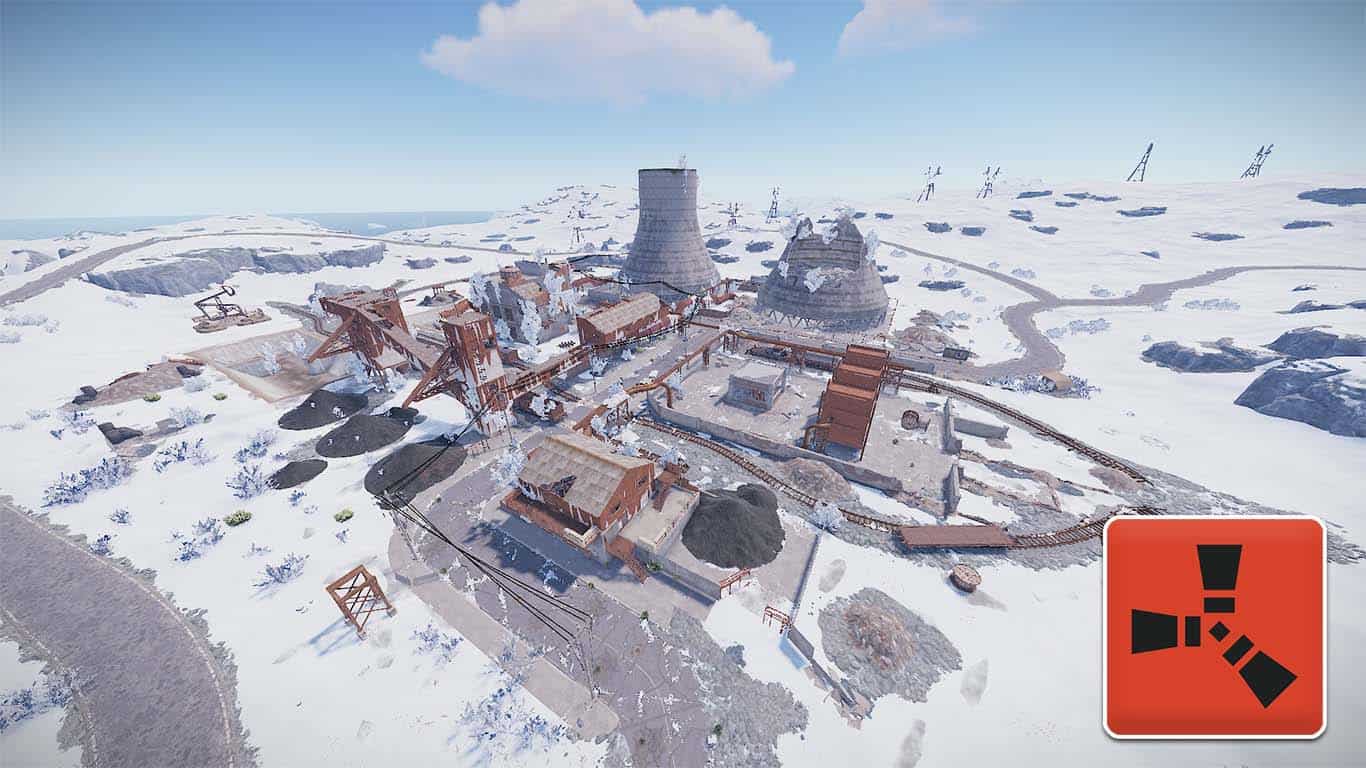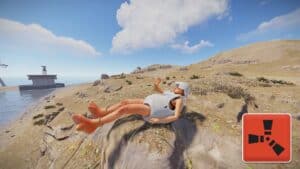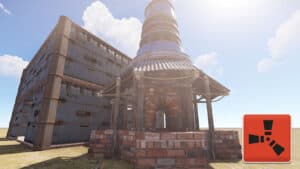Something most Rust players struggle with, even after years of playing, is selecting the best settings to balance FPS and quality.
Rust is known to create a lot of FPS problems for most fans, and even after changing everything to a minimum, you might still have problems.
Recommended Read: How to Rotate Boxes and Walls in Rust
Sometimes, players have problems making the game look good, as they just turned everything on and placed all the settings to the max, and Rust will just look weird when you do that.
So, in this guide, we will tell you which settings are the best in Rust, whether you want to optimize the game to be balanced, performance-focused, or quality-focused.
Table of Contents
- Best Settings for Rust
- Optimal Quality Settings for Rust
- Optimal Balanced Settings for Rust
- Optimal Performance Settings for Rust
Best Settings for Rust
We will only mention the settings that you will need to set in Rust to get the best experience. If something is not mentioned, then it means you won’t have to worry too much about it.
Most players will experience the same thing no matter what settings they use. This is why we will give you a quality, balanced, and performance settings template that you can use for your gaming rig.
Optimal Quality Settings for Rust
Options
Gameplay
- Field of View – 90
- Head Bob – Off
Censorship
- Show Blood – On
Physics
- Max Gibs – 500
Screen
- Mode – Fullscreen
- VSync – Off
Graphics
Graphics Quality
- Graphics Quality – 4
- Render Scale – 1.0
- Nvidia DLSS – Balanced (for 4k resolution), Max Quality (for 1440p & 1080p resolution)
- Shadow Quality – 2
- Shadow Cascades – Four Cascades
- Max Shadow Lights – 0
- Water Quality – 2
- Water Reflections – 1
- Shader Level – 600
- Draw Distance – 1,500
- Shadow Distance – 1,000
- Anisotropic Filtering – 16
- Parallax Mapping – 2
- Grass Displacement – On
- Grass Shadows – Off
- Nvidia Reflex Mode – On
Mesh Quality
- Particle Quality – 0
- Object Quality – 200
- Tree Quality – 200
- Max Tree Meshes – 100
- Terrain Quality – 100
- Grass Quality – 100
- Decor Quality – 100
Image Effects
- Anti-Aliasing – SMAA
- Depth of Field – Off
- High Quality Bloom – Off
- Lens Dirt – Off
- Motion Blur – Off
- Sharpen – On
- Vignetting – On
Experimental
- Occlusion Culling – Off
Optimal Balanced Settings for Rust
Options
Gameplay
- Field of View – 90
- Head Bob – Off
Censorship
- Show Blood – On
Physics
- Max Gibs – 500
Screen
- Mode – Fullscreen
- VSync – Off
Graphics
Graphics Quality
- Graphics Quality – 4
- Render Scale – 1.0
- Nvidia DLSS – Max Performance (for 4k resolution), Balanced (for 1440p & 1080p resolution)
- Shadow Quality – 1
- Shadow Cascades – Four Cascades
- Max Shadow Lights – 0
- Water Quality – 2
- Water Reflections – 0
- Shader Level – 600
- Draw Distance – 1,000
- Shadow Distance – 1,000
- Anisotropic Filtering – 1
- Parallax Mapping – 1
- Grass Displacement – On
- Grass Shadows – Off
- Nvidia Reflex Mode – On
Mesh Quality
- Particle Quality – 0
- Object Quality – 200
- Tree Quality – 100
- Max Tree Meshes – 100
- Terrain Quality – 100
- Grass Quality – 100
- Decor Quality – 100
Image Effects
- Anti-Aliasing – SMAA
- Depth of Field – Off
- High Quality Bloom – Off
- Lens Dirt – Off
- Motion Blur – Off
- Sharpen – On
- Vignetting – On
Experimental
- Occlusion Culling – Off
- Contact Shadows – Off
Optimal Performance Settings for Rust
Options
Gameplay
- Field of View – 90
- Head Bob – Off
Censorship
- Show Blood – On
Physics
- Max Gibs – 0
Screen
- Mode – Fullscreen
- VSync – Off
Graphics
Graphics Quality
- Graphics Quality – 4
- Render Scale – 1.0
- Nvidia DLSS – Max Performance (for 4k resolution), Balanced (for 1440p & 1080p resolution)
- Shadow Quality – 1
- Shadow Cascades – Four Cascades
- Max Shadow Lights – 0
- Water Quality – 0
- Water Reflections – 0
- Shader Level – 600
- Draw Distance – 500
- Shadow Distance – 100
- Anisotropic Filtering – 1
- Parallax Mapping – 0
- Grass Displacement – On
- Grass Shadows – Off
- Nvidia Reflex Mode – On
Mesh Quality
- Particle Quality – 0
- Object Quality – 200
- Tree Quality – 100
- Max Tree Meshes – 100
- Terrain Quality – 100
- Grass Quality – 100
- Decor Quality – 100
Image Effects
- Anti-Aliasing – SMAA
- Depth of Field – Off
- High Quality Bloom – Off
- Lens Dirt – Off
- Motion Blur – Off
- Sharpen – On
- Vignetting – On
Experimental
- Occlusion Culling – Off
- Contact Shadows – Off
That’s everything you need to know about the best settings for Rust!
Have any input or suggestions for this guide? Let us know in the comment section below.




